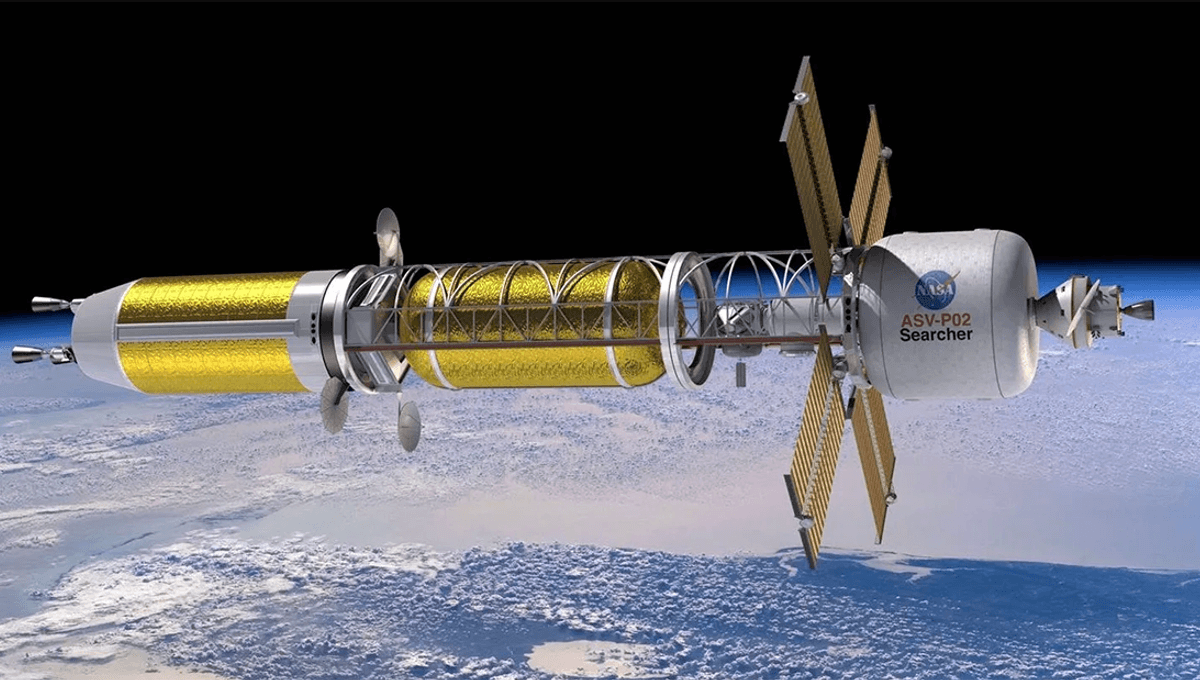
On April 3, 1965, NASA launched the Systems for Nuclear Auxiliary Power 10A (SNAP10A), the first nuclear electric propulsion system ever fired into space. While in orbit, the ion thruster system was powered by a space-worthy nuclear reactor. Now, nearly 60 years later, the US is planning to launch a nuclear reactor into space once again.
SNAP10A, designed to be capable of putting out a minimum of 500 watts for up to one year or longer, only operated for 43 days, before being shut down due to a fault in the Agena spacecraft. Since then, no other nuclear reactors have been sent by the US to keep it company on its predicted 4,000-year orbit, and only a few were launched by the Soviet Union.
Now, decades later, the US Air Force Research Laboratory is funding a new spacecraft, paying Lockheed Martin, SpaceNukes, and BWX Technologies $33.7 million to design and develop a new nuclear spacecraft as part of the Joint Emergent Technology Supplying On-Orbit Nuclear (JETSON) High Power program.
Space is, famously, quite big. To explore it, you’ll need a lot of energy. This might not be a huge problem if you are sending a probe to the Sun, given that it’s a big ball of harvestable energy for any probe sensible enough to pack solar panels. But for missions where the Sun isn’t so close, and possibly even for crewed missions to Mars and beyond, the US is hoping that nuclear-powered spacecraft will be the answer. Though deep space probes like Voyager 1 and 2 used radioisotope thermoelectric generators, these use decaying plutonium to generate electricity, more like a nuclear battery than a nuclear-powered craft.
Solar arrays, Lockheed Martin stated in a press release, only generate around six lightbulbs worth of energy. JETSON will use a fission reactor to generate heat, which is then transferred to the Stirling engines to produce between 6 and 20 kilowatts of electricity. The company says this is four times the power of conventional solar arrays, without the added need to be in continuous sunlight.
The project is currently in the preliminary design review stage, with hopes of moving to the critical stage soon.
Source Link: US Plans To Launch A Nuclear Reactor Into Space For The First Time Since The 1960s